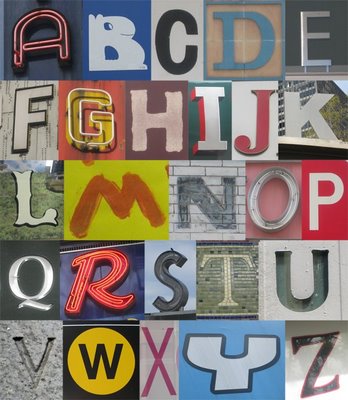Has to be a better ‘way’
To The Editor:
Re “PeopleWay? No way! Villagers fear traffic-free 14th St. scheme” (news article, Jan. 12):
Twenty-five years ago, 14th St. was rebuilt precisely to carry heavy crosstown traffic, to protect the fragile streets north and south of it. The construction process was a nightmare for those nearby streets, which contain old infrastructure, including a 20-inch gas main under W. 15th St. These streets are actually a no-truck zone, although this is rarely enforced.
There are other ways to mitigate the L train shutdown — such as no parking on 14th St. — that are better than total diversion of traffic.
Jim Jasper
‘Park for sale’
To The Editor:
Re “Planning Pier 40’s future” (talking point, by Scott Lawin, Jan. 12):
For someone so familiar with the park, Mr. Lawin should reread the Hudson River Park Act. His statement that “The Hudson River Park Act decreed that the park’s commercial piers should serve as the primary economic engines for the operations of the public park” is false and misleading. Just like the Trust leadership, I guess he feels if he says it often enough it will be true.
Section 1 of the act states:
“(c) It is in the public interest to encourage park uses and allow limited park / commercial uses in the Hudson River Park consistent with the provisions of this act and the general project plan for the park.
(d) The marine environment of the park is known to provide critical habitat for striped bass and other aquatic species. It is in the public interest to protect and conserve this habitat.
(e) It is in the public interest for the state and city of New York to act together to finance the Hudson River Park and for the Hudson River Park Trust to design, develop, operate and maintain the Hudson River Park, including through the use of available federal funds. It is intended that to the extent practicable and consistent with the intent of subdivision (c) of this section, the costs of the operation and maintenance of the park be paid by revenues generated within the Hudson River Park and that those revenues be used only for park purposes. Additional funding by the state and the city may be allocated as necessary to meet the costs of operating and maintaining the park. …”
The language to note regarding using revenue from limited commercial development in the park is “to the extent practicable,” and that public funds should also be used for maintenance and operation. However, the Trust leadership, and the Friends, have not sought the park’s fair share of public funding and have instead put a “for sale” sign on the park, using misleading and false statements regarding the requirement for private funding.
Tom Fox
Still waiting for answers
To The Editor:
Bryan Dunlap’s letter in the Jan. 5 issue (“Holding pols accountable”) insists that politicians tell us about what they propose to do and how they propose to do it. They should stop the political squabbles, the jockeying for influence and the photo-ops-quick-remarks-and-vanishing. And he asked that publications avoid writing about these things.
More than a year ago, I asked my district’s congressional members — Charles Schumer, Kirsten Gillibrand and Carolyn Maloney — each to let me know how they encouraged people in the Senate and House of Representatives to listen to each other and to work together to get things done.
I got no reply from any of them.
John Maynard
G.O.P. can’t slash veggies
To The Editor:
With the Republican Congress bent on depriving 22 million Americans of medical insurance, this is a great time to provide our own totally free and totally effective health insurance — a plant-based diet.
A study with 131,000 participants in last year’s Internal Medicine found that consumption of animal protein is associated with a higher risk of death. A couple dozen other massive studies in the past four decades had similar findings. None reached opposite conclusions.
According to the National Institutes of Health, 1.4 million, or 68 percent, of identified U.S. deaths are attributed to heart disease, stroke, cancer and diabetes, linked conclusively with consumption of animaproducts.
Cost of medical care was estimated by N.I.H. at $3 trillion in 2014, or $24,000 per household, and rising at 6.5 percent annually — nearly four times the rate of inflation. Incredibly, this amount rivals our national budget and represents 17.5 percent of our gross domestic product. Even so, it does not include the costs of lost productivity, disability and premature death.
We have little control over the national cost of medical care. But each of us has control over our household’s $24,000 share every time we visit the grocery store.
Nico Young
E-mail letters, not longer than 250 words in length, to news@thevillager.com or fax to 212-229-2790 or mail to The Villager, Letters to the Editor, 1 MetroTech North, 10th floor, Brooklyn, NY, NY 11201. Please include phone number for confirmation purposes. The Villager reserves the right to edit letters for space, grammar, clarity and libel. Anonymous letters will not be published.


















